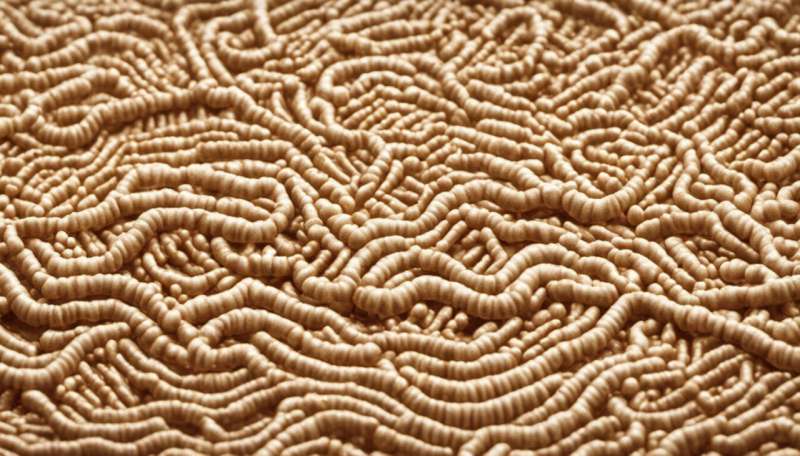Gene sequencing bacterial strains that degrade a prolific toxic compound in water and soils

Researchers have successfully isolated three strains of Dehalococcoides—bacteria capable of degrading polychlorinated biphenyls (PCBs)—as well as characterizing the three strains to pinpoint the exact genes responsible for breaking down PCBs.
PCBs are toxic compounds that were used as coolant fluids in industry until, following heavy pollution of water and soils, they were banned in most countries by the late 1970s. Certain bacteria can be used to biodegrade harmful substances such as PCBs that have been released into the environment.
Researchers have known for almost 20 years that bacteria such as strains of Dehalococcoides can degrade PCBs, but these particular bacteria have proved difficult and cumbersome to isolate. The strains are found in large communities of mixed bacteria in soils and grow incredibly slowly. As a result, it can take years to successfully isolate them through multiple reruns of the traditional trial-and-error approaches used to characterize subtypes of bacteria.
Niranjan Nagarajan and his team at the A*STAR Genome Institute of Singapore, together with collaborators from the National University of Singapore, used new technology to guide their isolation of the bacterial strains.
"We decided to run a proof-of-concept study making use of genomic technology," says Nagarajan. "The sequencing and analysis of genes is now standard practice and so using the technology to monitor the process behind the isolation of bacteria seemed the logical next step."
The team combined traditional culture techniques with high-throughput gene sequencing to isolate the pure forms of Dehalococcoides strains. Condensing the immensely detailed datasets was not easy. "We needed new analysis approaches in order to make sense of the data," explains Nagarajan. "This is vital when looking at large communities of interacting bacteria, as it is difficult to single out information stemming from the target bacterium."
Following on from this analysis, the team was able to isolate suitable Dehalococcoides strains. The team then enriched the bacterial strains by growing them on a substrate made from tetrachloroethene, which encouraged the growth of the Dehalococcoides. This method of culturing pure, highly efficient bacteria could be replicated on a larger scale to clean up PCBs in the environment.
The researchers hope that methods established in their work will serve as a template for isolating other challenging bacteria. "Our next step is to develop computational methods to mine the genomic data and understand how bacteria in the community interact. This will help to engineer bacteria that grow better on these substrates," states Nagarajan.
More information: Wang, S., Chng, K. R., Wilm, A., Zhao, S., Yang, K.-L. et al. Genomic characterization of three unique Dehalococcoides that respire on persistent polychlorinated biphenyls. Proceedings of the National Academy of Sciences, 111, 12103–12108 (2014). dx.doi.org/10.1073/pnas.1404845111
Journal information: Proceedings of the National Academy of Sciences















